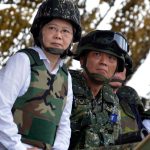
First impressions are telling. When I first visited Taipei 25 years ago, the roads were crowded with bicycles. A decade later, there were many more motor scooters. Fast forward another decade, and cars were increasingly using the busy roads. Today the bicycle has almost disappeared, and the scooters still outnumber cars, but a fast train network covers Taipei and beyond. The transformation from bicycle to fast train summarises the rapid development of this dynamic country. Surrounded by mountains, and set in a small basin on the Tamsui River system, Greater Taipei is now home to more than six million people. In addition to the fast train service, extensive multi-level freeways criss-cross the metropolitan area. The main streets are wide and clean, and the traffic flow efficient for such a large city. Modern Taipei has a feeling of Tokyo about it: interesting, as the oldest buildings date to the times of Japanese occupation. Many of the young people who explore the city streets, parks and shopping malls during our stay are Japanese tourists.
This is my fourth visit to one of our major trading partners, and a vibrant economy. I am leading a delegation of five colleagues: Stuart Robert, David Bushby, Dean Smith, Kevin Hogan and James Paterson. Meetings with a number of business leaders, including the Formosa Plastics Group, focus on trade and investment. Formosa Plastics is the island’s largest privately owned company with a turnover of tens of billions of dollars. They employ 110,000 people worldwide and have extensive investments, including in Australia. However, the message from Taiwanese business is sobering: compared to many other countries, Australia is a difficult place in which to invest and do business. This must be addressed. A starting point would be the immediate negotiation of a Free Trade Agreement. The framework already exists, and the Taiwanese would welcome the development. President Tsai is pursuing a new southbound policy. If New Zealand can enter a FTA with Taiwan, surely we can do so.
No trip to Taiwan is complete without a visit to the National Palace Museum, the home of some of the greatest treasures of China. The extensive collection, which the Nationalists brought with them from the mainland in 1949, stretches back over a thousand years. The history of China is depicted in the beautifully glazed pottery, paintings and calligraphy. Our other cultural engagement for the week is the opening of the Poppies for Remembrance exhibition at the Sun Yat-sen hall. The exhibition, sponsored by the Turkish Embassy, is a tribute to the fallen at Gallipoli. Inspired by the poppies on the Turkish Peninsula and in Flanders fields, the artist, Hikmet Cetinkaya, has dedicated his paintings to the casualties of the Great War. Each painting features evocative red poppies. The Turkish, Australian and New Zealand representatives all reflect on the friendship between former adversaries.
Taiwan is a vibrant democracy. Since the end of martial law and democratisation in the 1990s, there have been four popularly-elected presidents, from both the nationalist Kuomintang (KMT) and the more independently-minded Democratic Peoples’ Party (DPP), including the new leader, Madam Tsai Ing-wen. Apart from trade and investment, Cross-Strait relations dominate our discussions. From the President and Foreign Minister to other senior government officials, the relations with the mainland are to the forefront of our talks. It is an unique opportunity to explore Taiwan’s perspective. There is a very intimate knowledge of Australia at the highest levels of the Taiwanese government. Both the Foreign Minister, David Lee, and the Mainland Affairs Council Minister, Catherine Chang, served as representatives in Australia. Equally, the Secretary of the Australian Department of Foreign Affairs, Frances Adamson, served in both Taipei and Beijing. Many young Taiwanese study and work in Australia, and hundreds of Australians are going to Taiwan under the New Colombo Plan.
As we arrive in Taipei, we receive news from Australia of the behaviour of the mainland Chinese delegation at the Kimberley Process meeting in Perth, interrupting the ‘Welcome to Country’ and the opening address by our Foreign Minister. For most Taiwanese, the behaviour reinforces their perception of the Chinese communists. There is a clear perception on the island that the PRC is trying to punish the Taiwanese for electing the traditionally more independent DPP to government. This includes boycotting official Cross-Strait communications, and seeking to exclude the Taiwanese from international meetings, such as the World Health Assembly. Yet the overwhelming majority of Taiwanese, especially the young, see themselves as independent of China, despite the significant trade between the two. When they observe the increasing challenges to democracy in Hong Kong, they conclude that any further political rapprochement with the mainland is problematic. Considerable discussion centres on the behaviour of China after the 19th National Congress of the Communist Party in November. While there is a hope that having consolidated his power with a further five-year term, Xi Jinping will be more pragmatic and flexible, much points to the opposite. Internal repression, external aggression and bellicose nationalism have all increased under President Xi. Perhaps Taiwan – and Australia – should heed the ancient Roman advice: if you want peace, prepare for war.
Got something to add? Join the discussion and comment below.
Get 10 issues for just $10
Subscribe to The Spectator Australia today for the next 10 magazine issues, plus full online access, for just $10.
You might disagree with half of it, but you’ll enjoy reading all of it. Try your first month for free, then just $2 a week for the remainder of your first year.

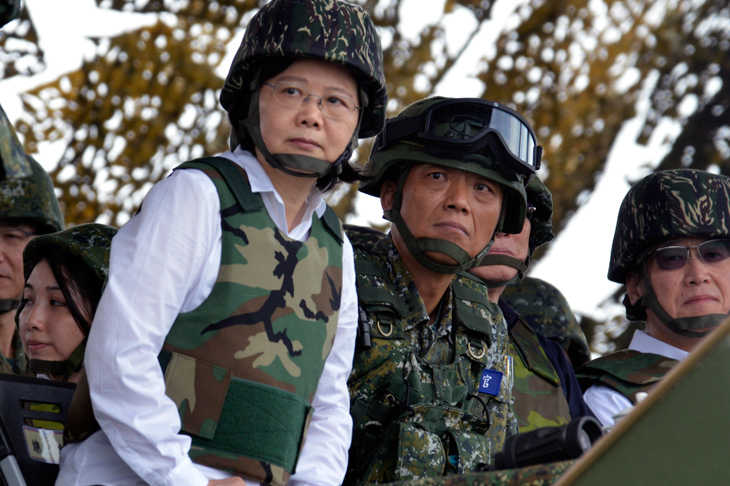
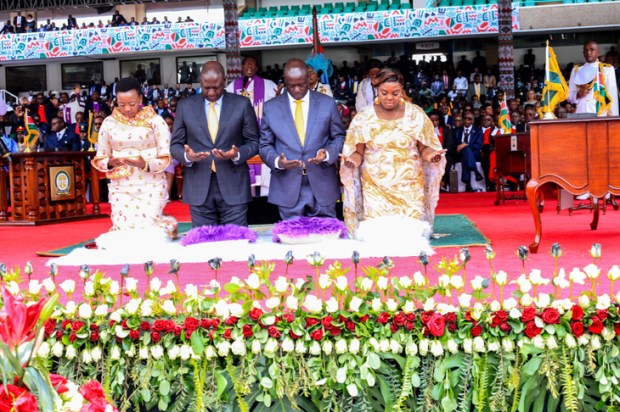
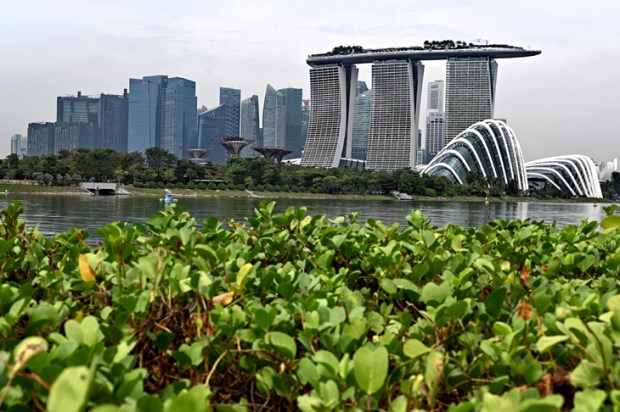
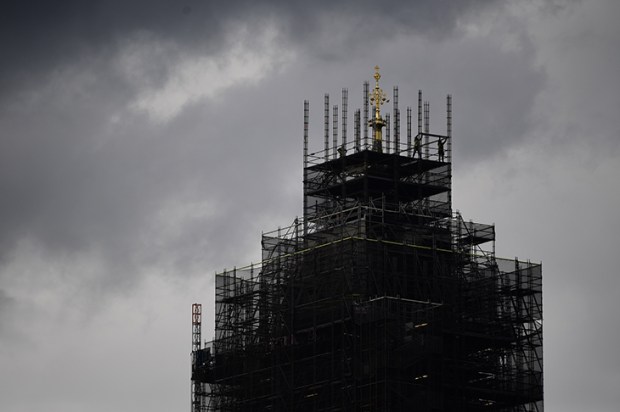
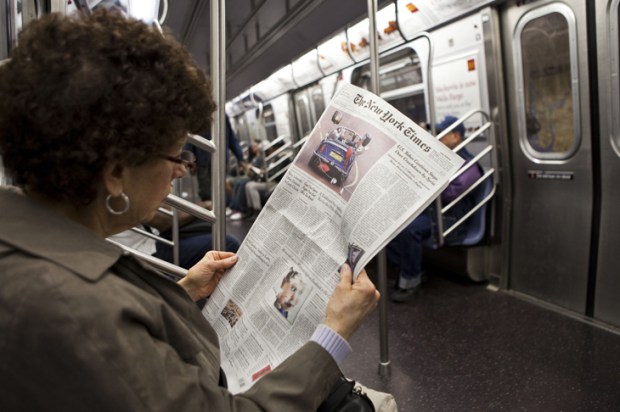
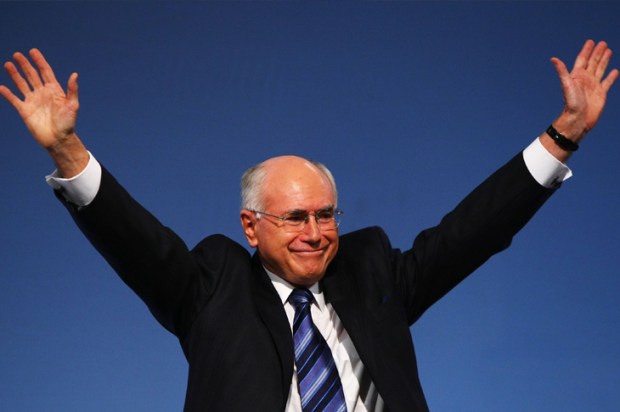
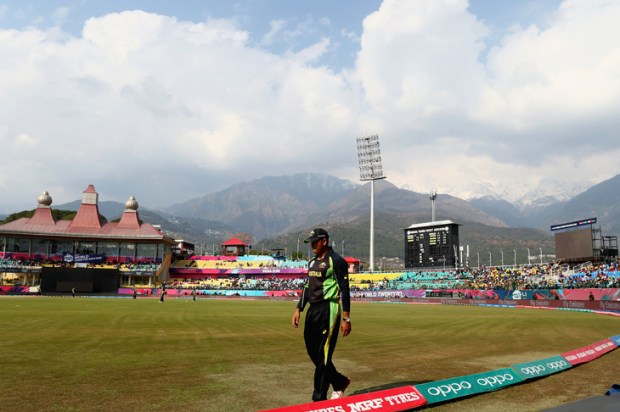






Comments
Don't miss out
Join the conversation with other Spectator Australia readers. Subscribe to leave a comment.
SUBSCRIBEAlready a subscriber? Log in